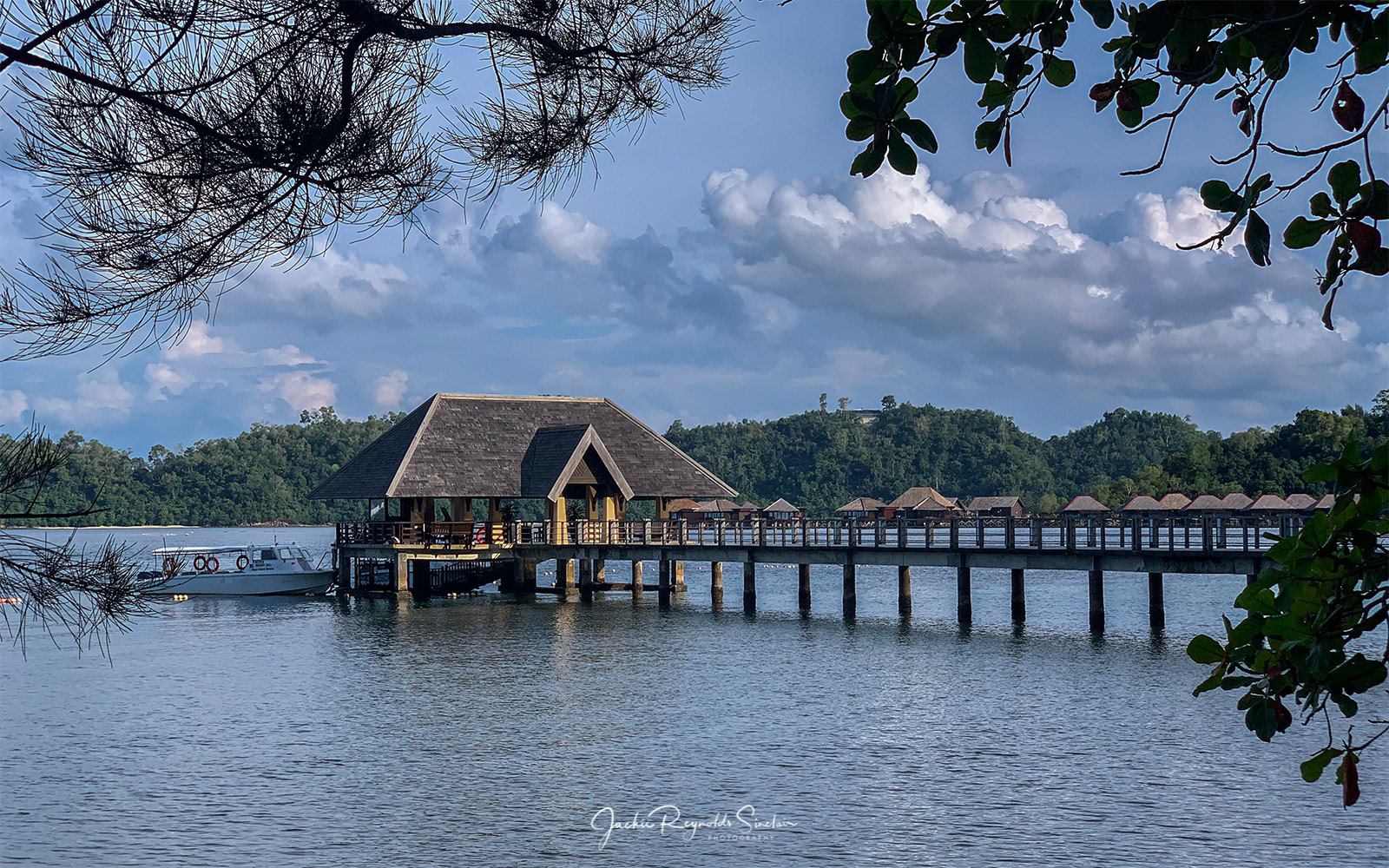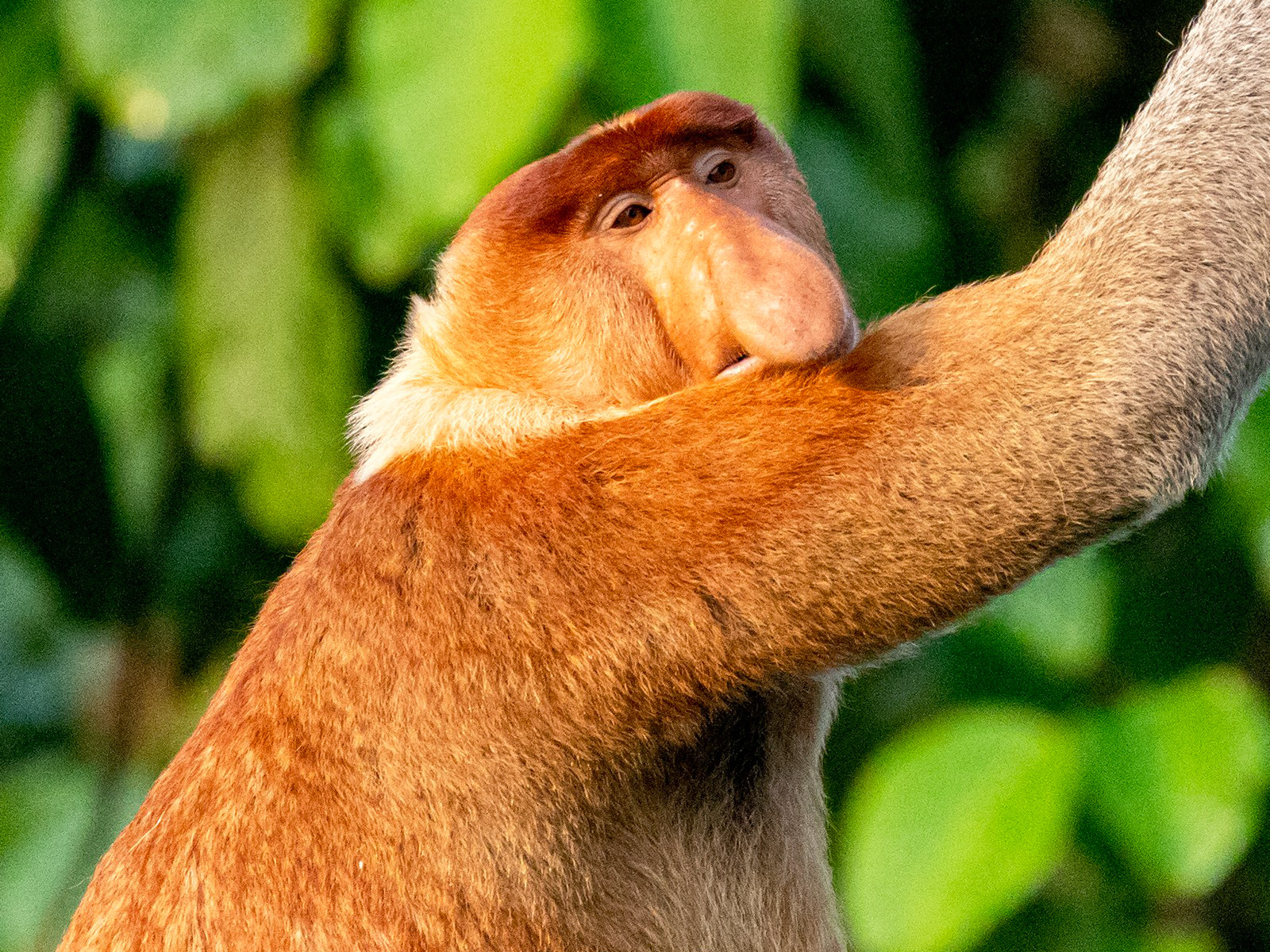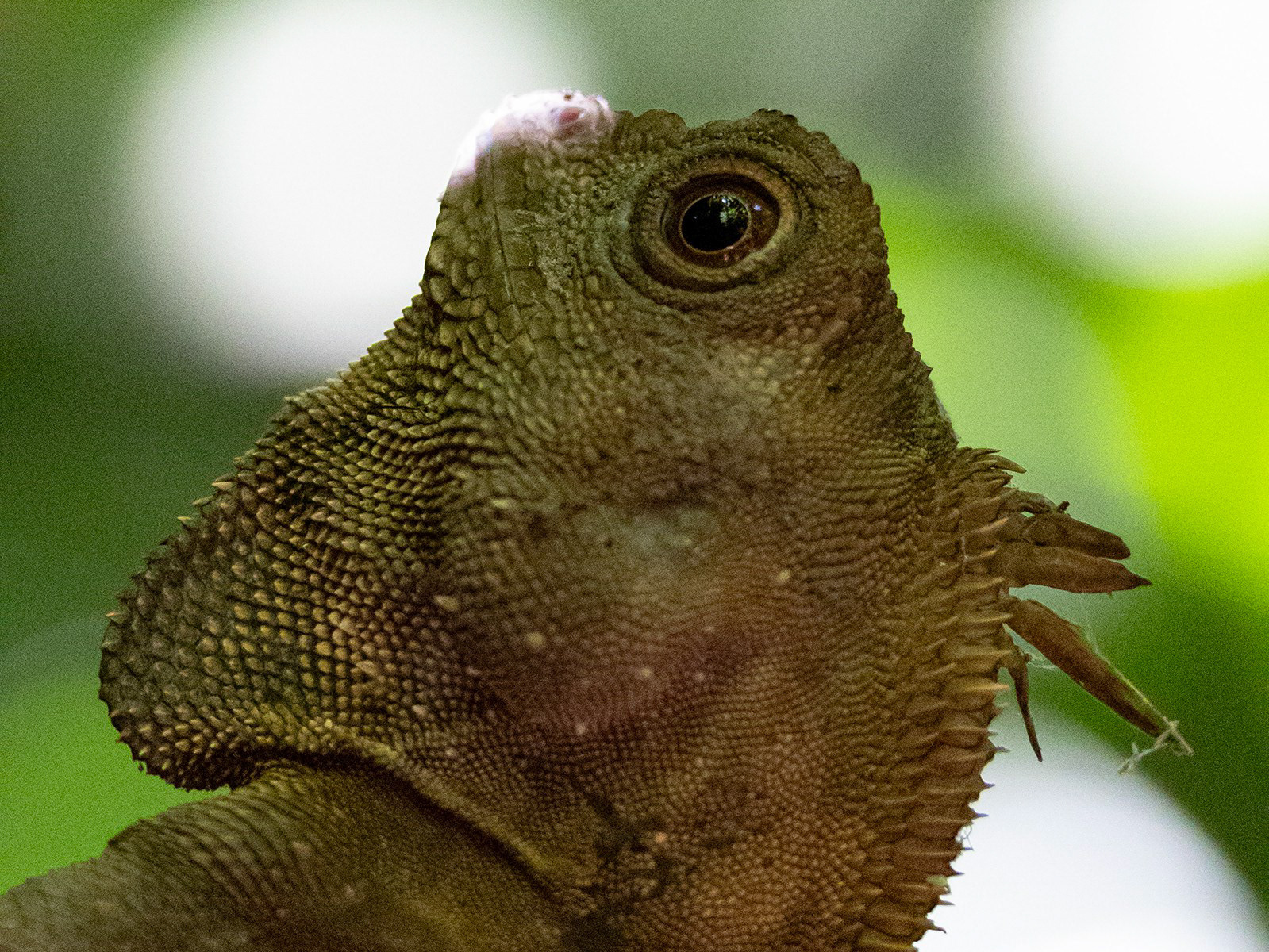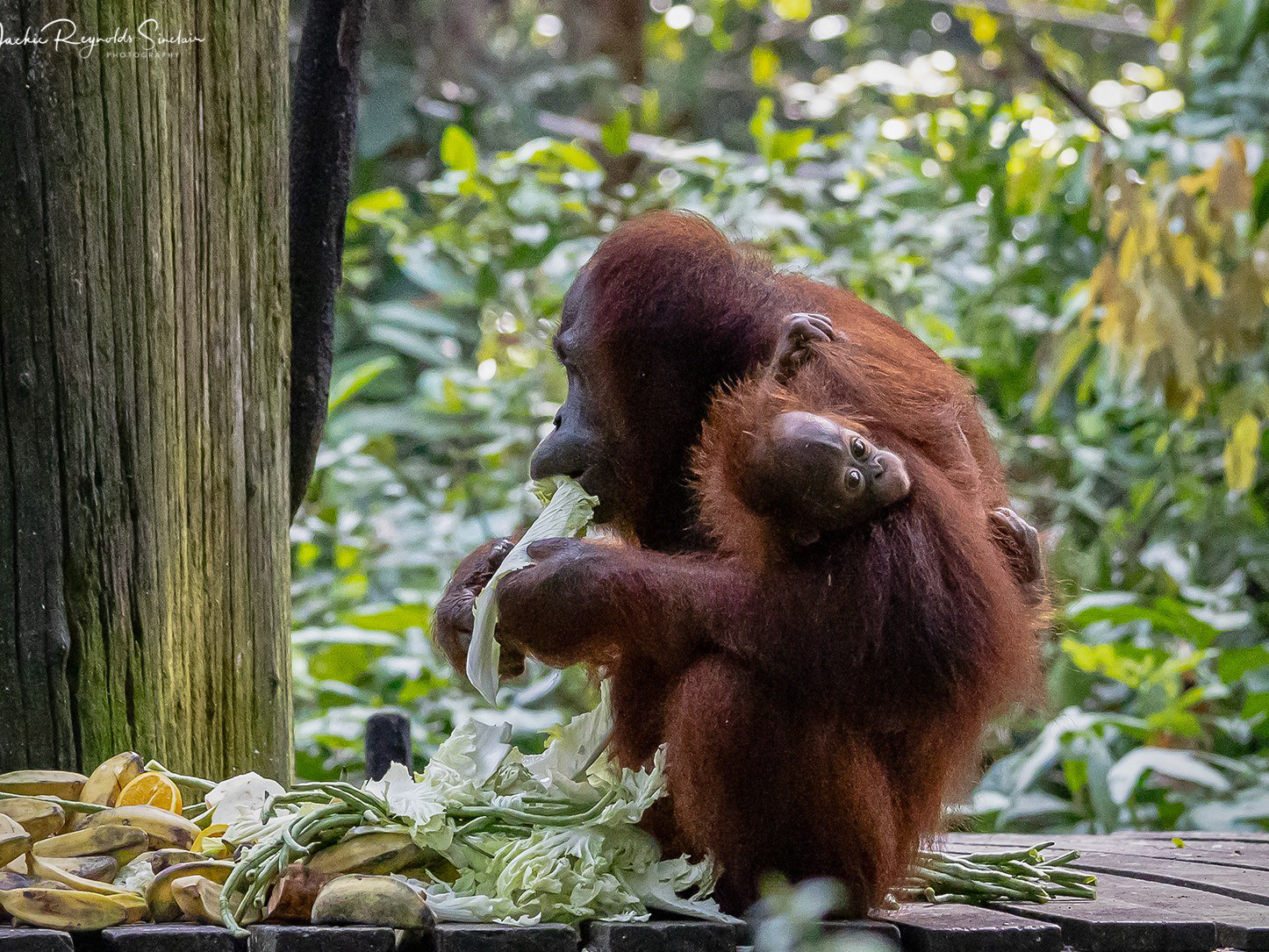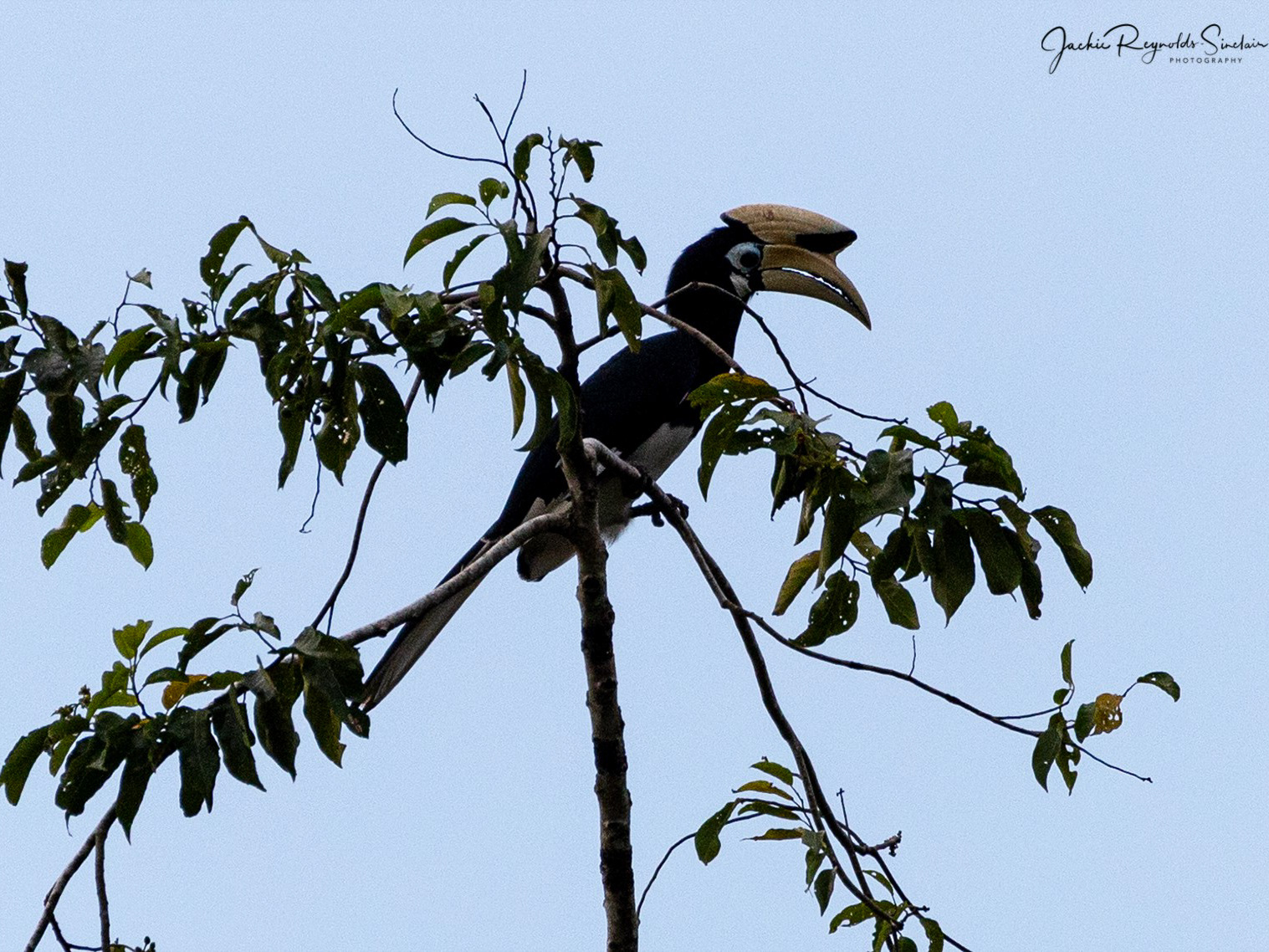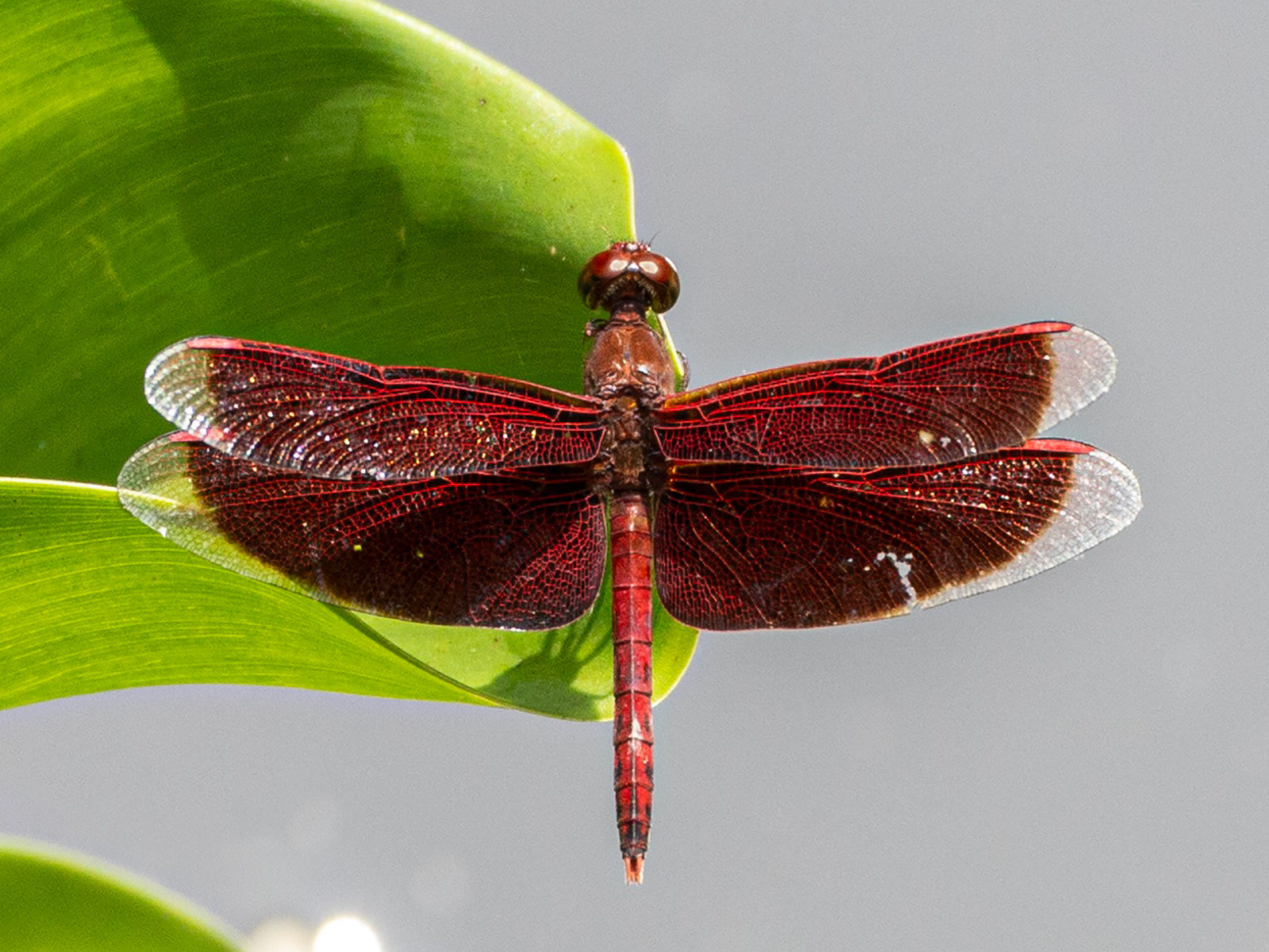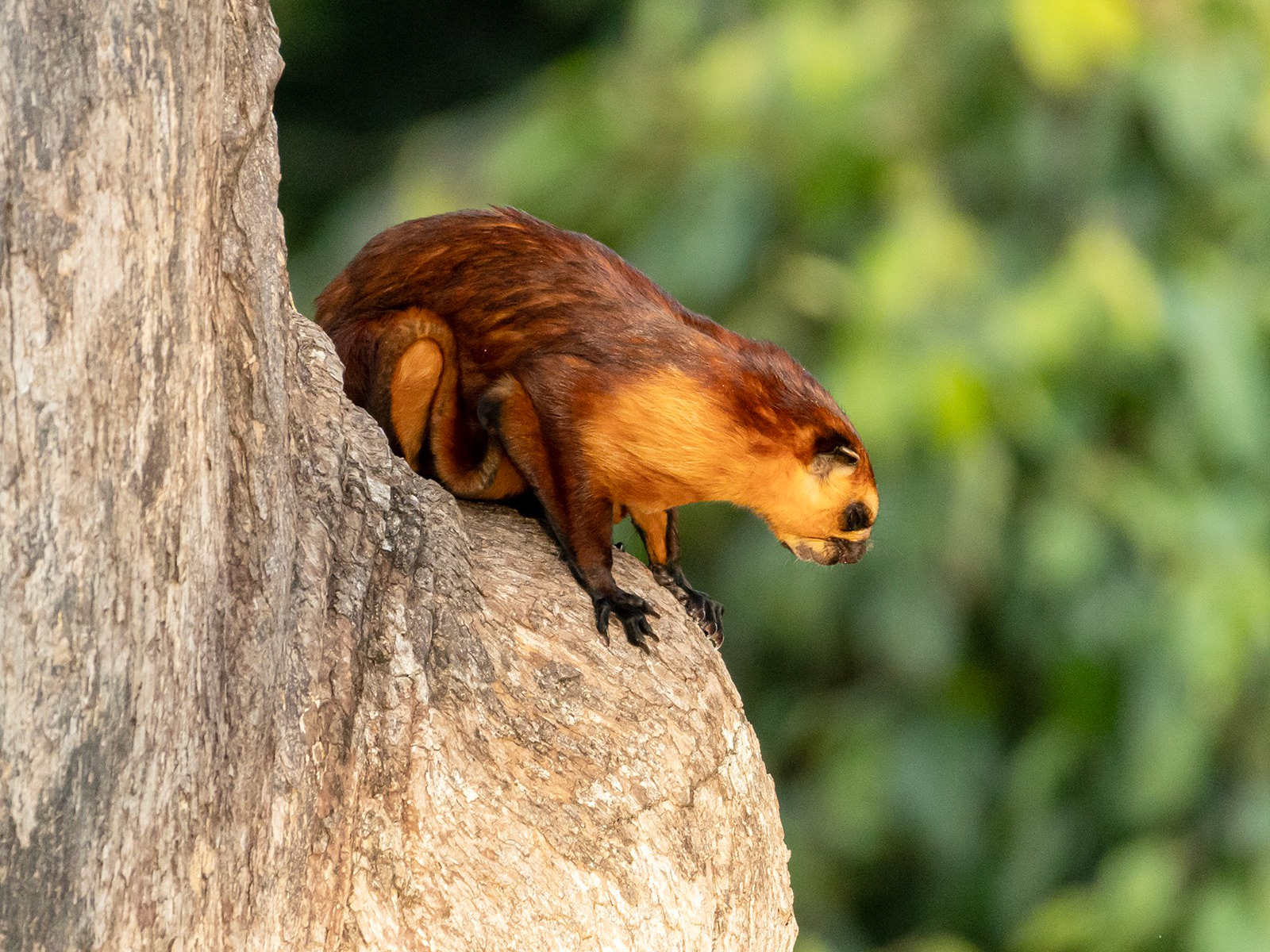Borneo is the world’s third largest island, and home to an amazing biologically diverse habitat, with a staggeringly high number of unique plants and animals. It straddles the equator, ensuring a warm-humid climate all year round. Despite an alarming rate of deforestation on the island (1.3 million hectares per year), fortunately Borneo’s Malaysian state of Sabah still retains a large portion of its forest cover.
The island is home to some of the world's rarest and most endangered wildlife species including: the Bornean orangutan, Bornean Sun Bear, Hornbills, Storm's Stork, Oriental Dwarf Kingfisher plus other curious species such as the large-nosed proboscis monkey, red giant flying squirrel, red leaf monkey, Lantern Bug and the enormous-eyed Western Tarsier.
During our visit in October 2023, we visited Sepilok Rehabilitation Centre, Borneo Sun Bear Conservation Centre, the Rainforest Discovery Centre, and explored the Kinabatangan River area, Danum Valley and Gaya Island.
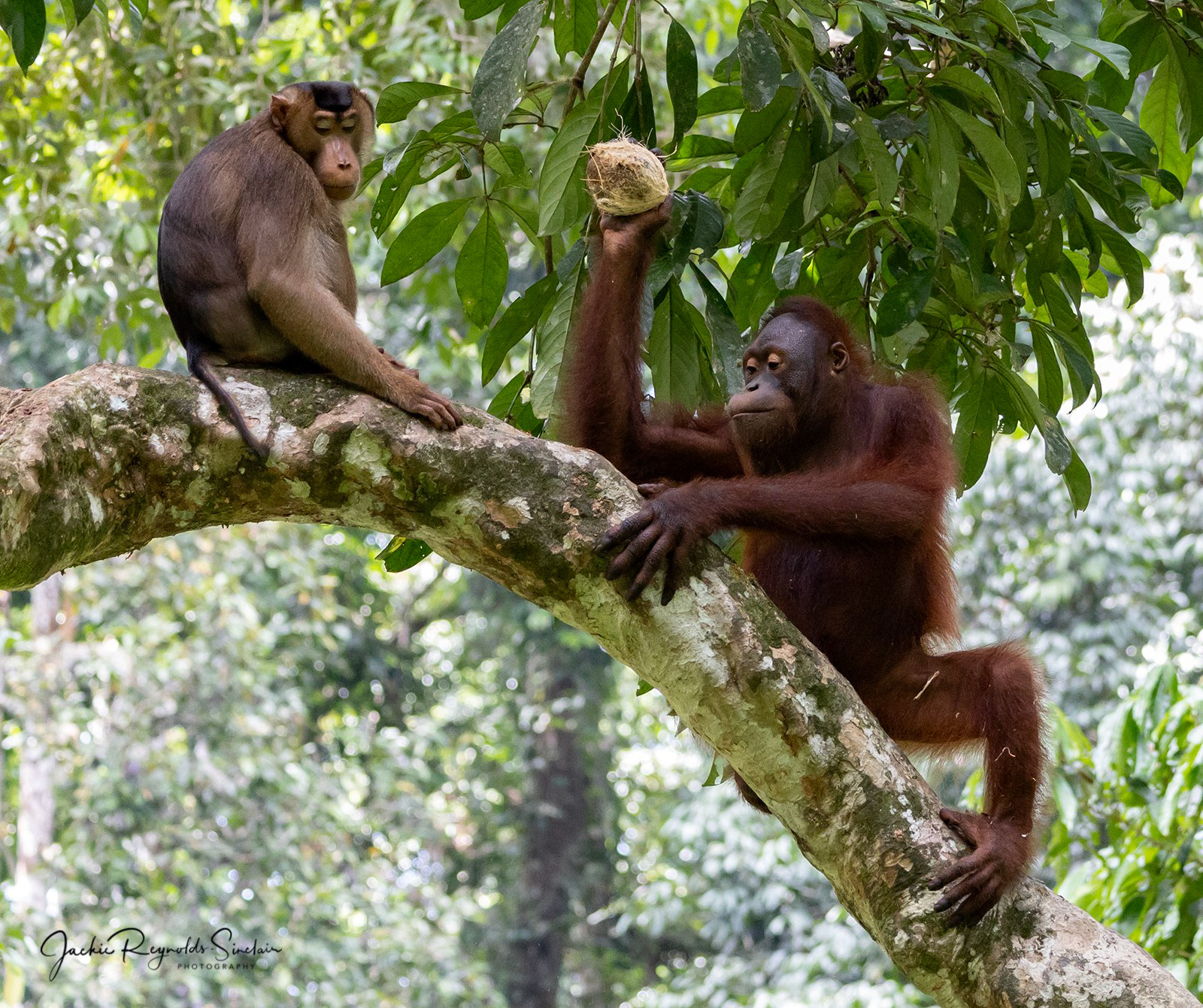
Long-Tailed Macaque & Orangutan
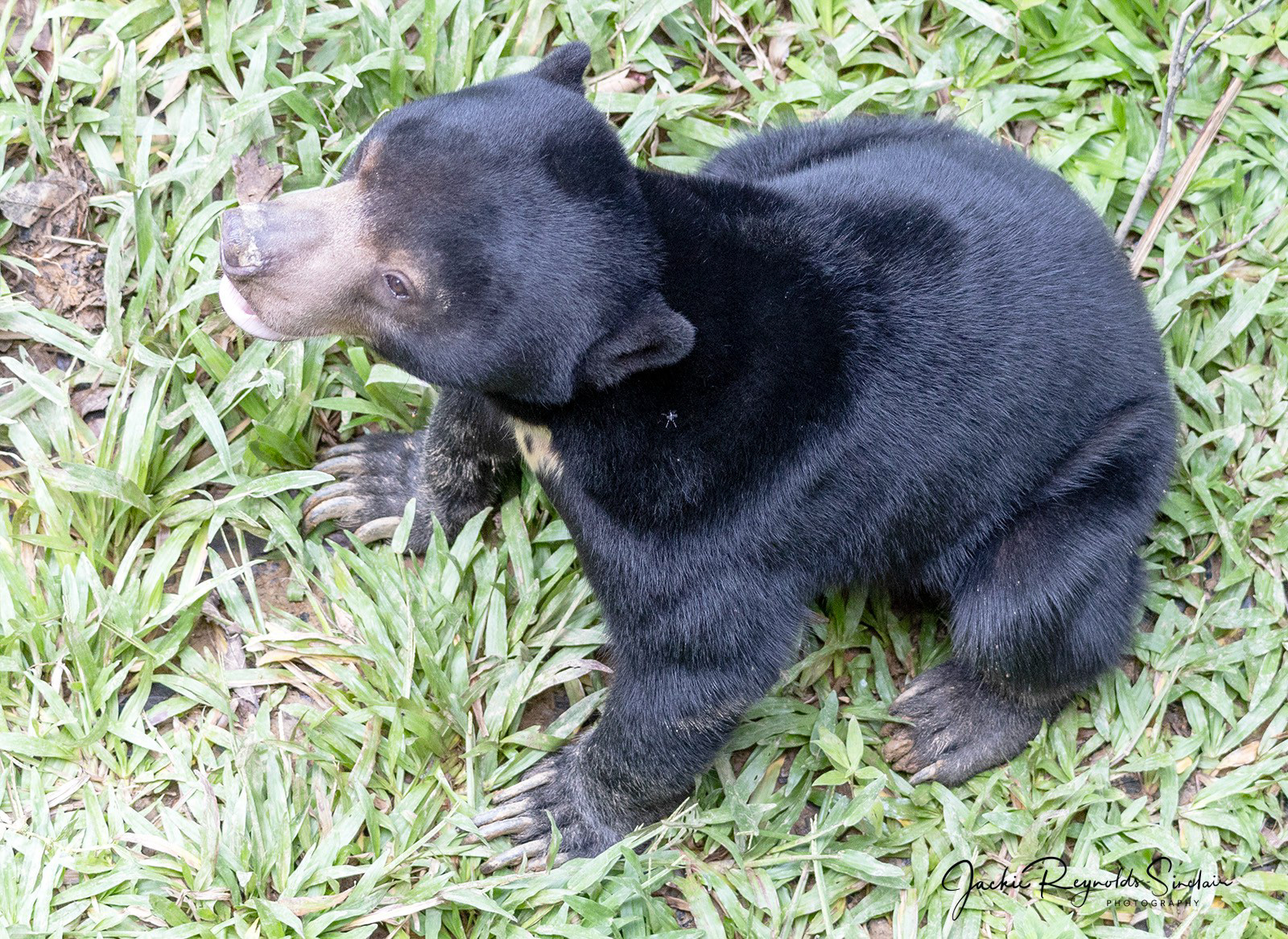
Bornean Sun Bear
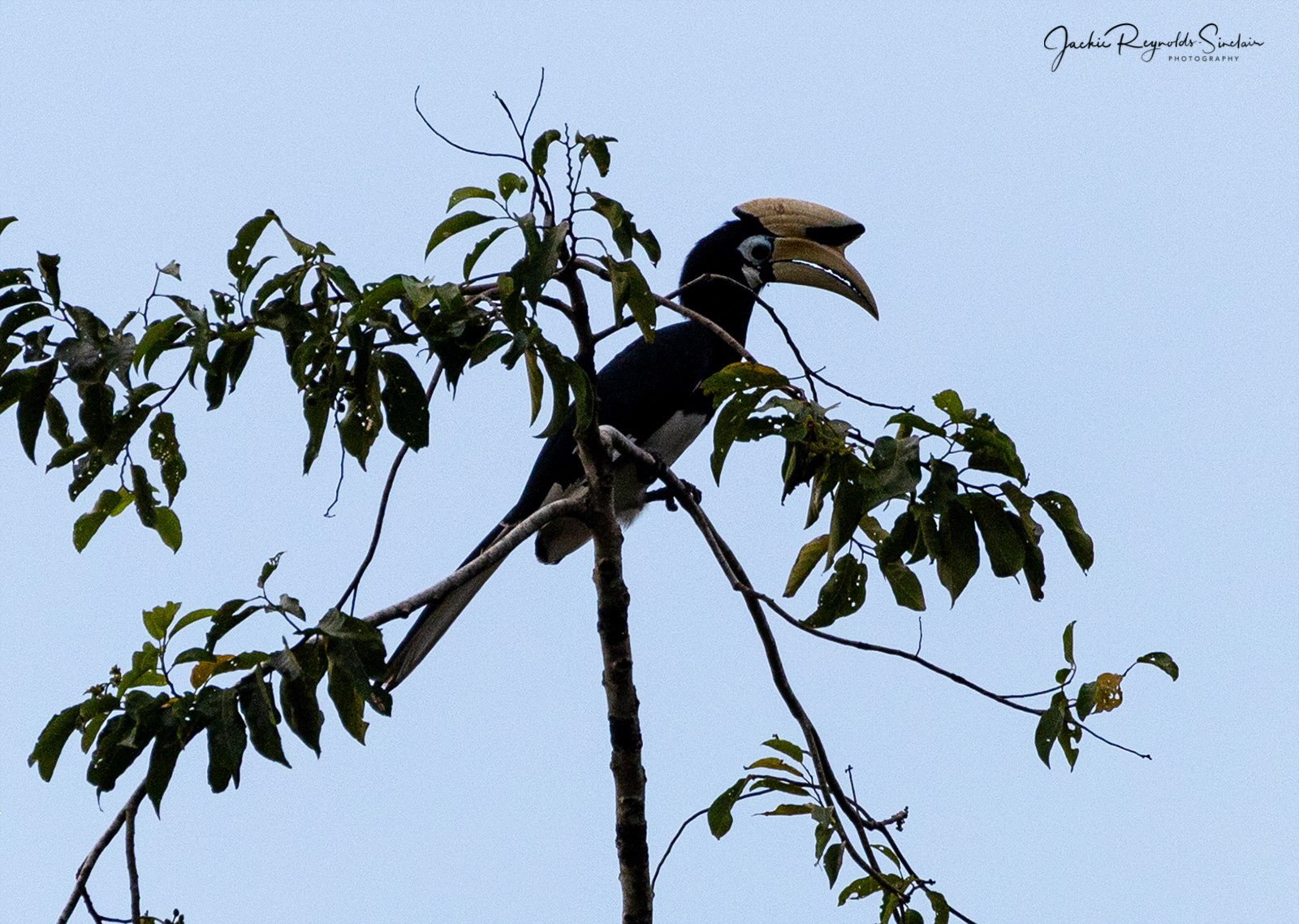
Oriental Pied Hornbill
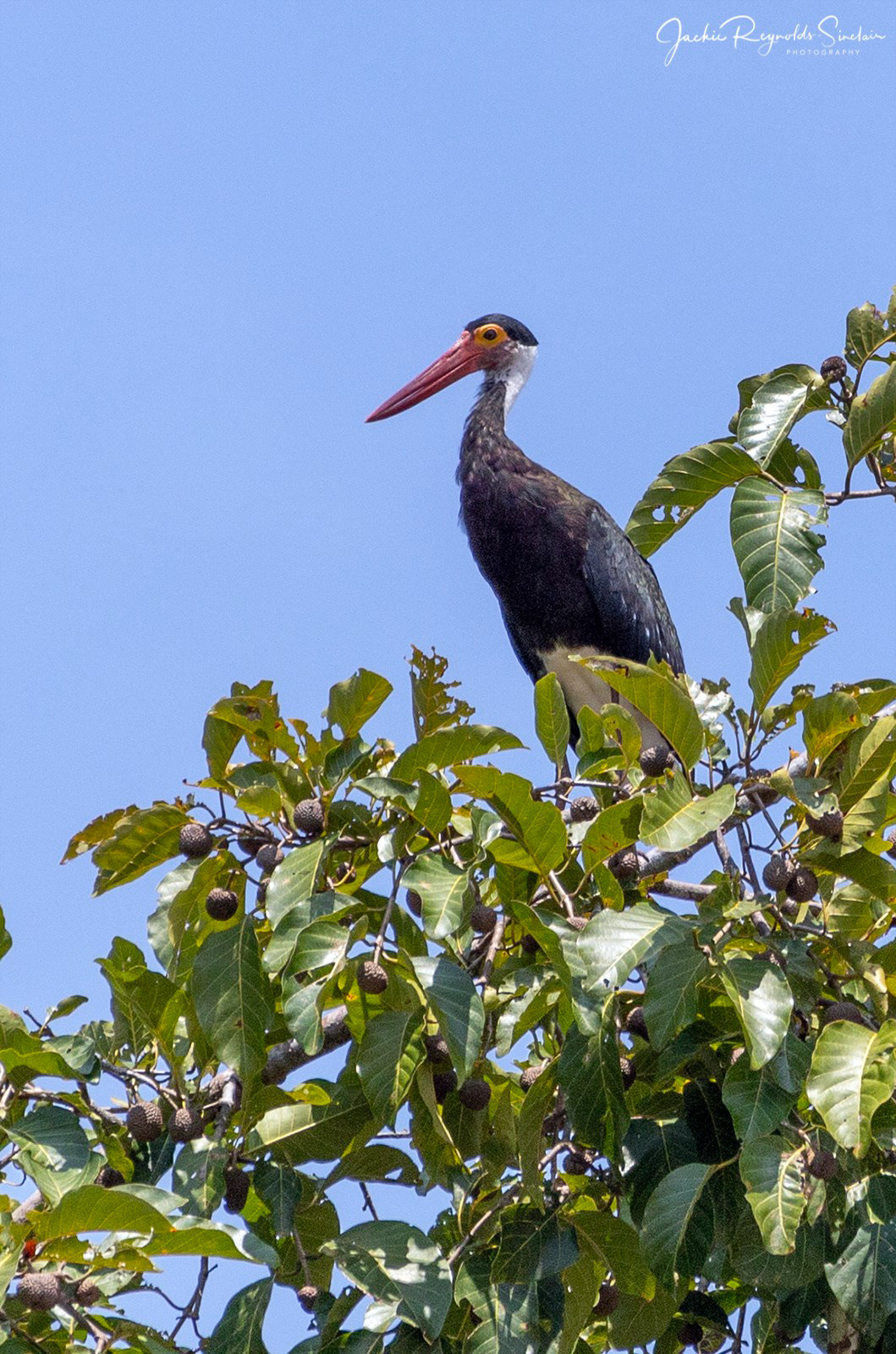
Storm's Stock

Oriental Dwarf Kingfisher
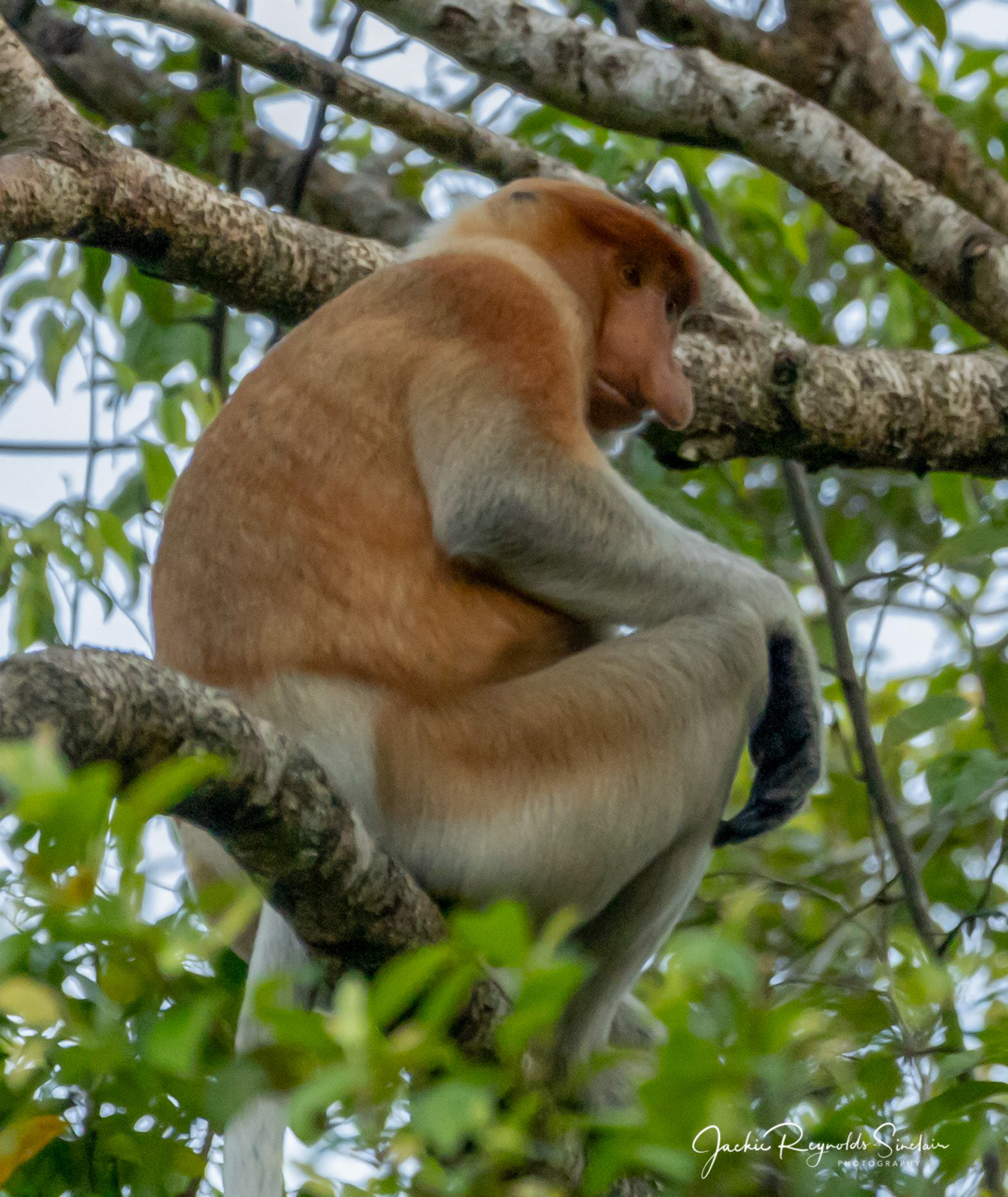
Proboscis Monkey
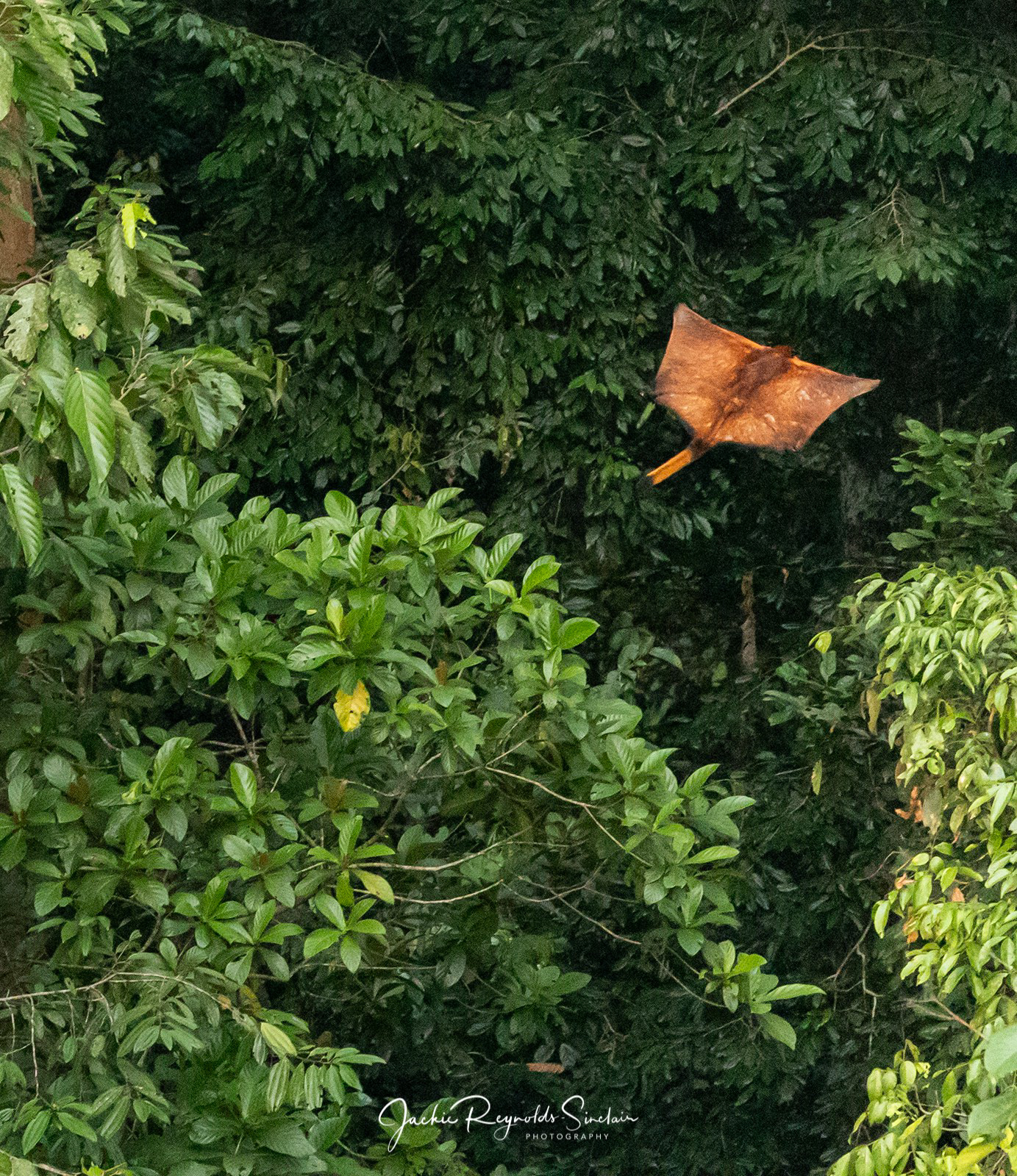
Red Giant Flying Squirrel
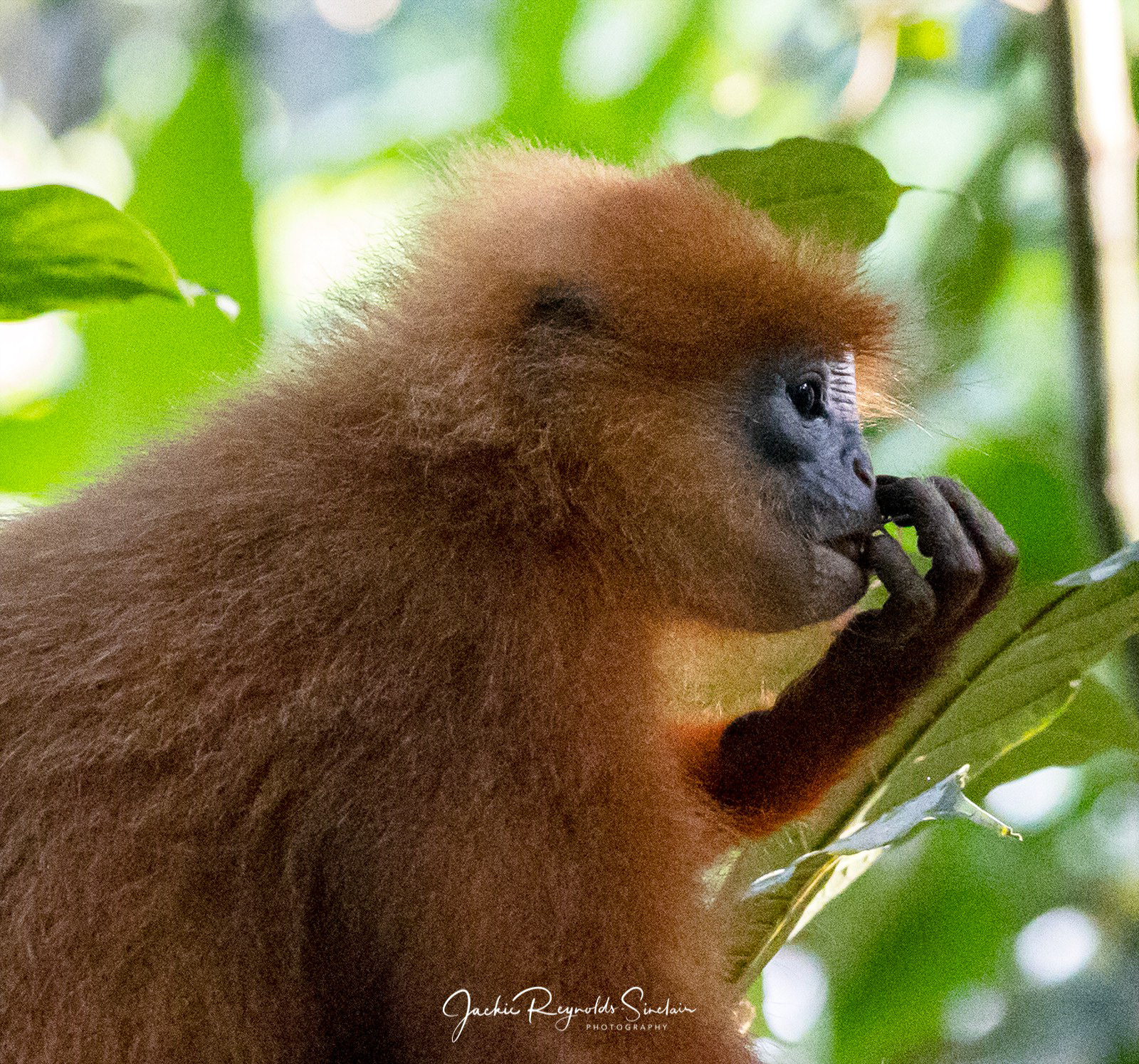
Red Leaf Monkey
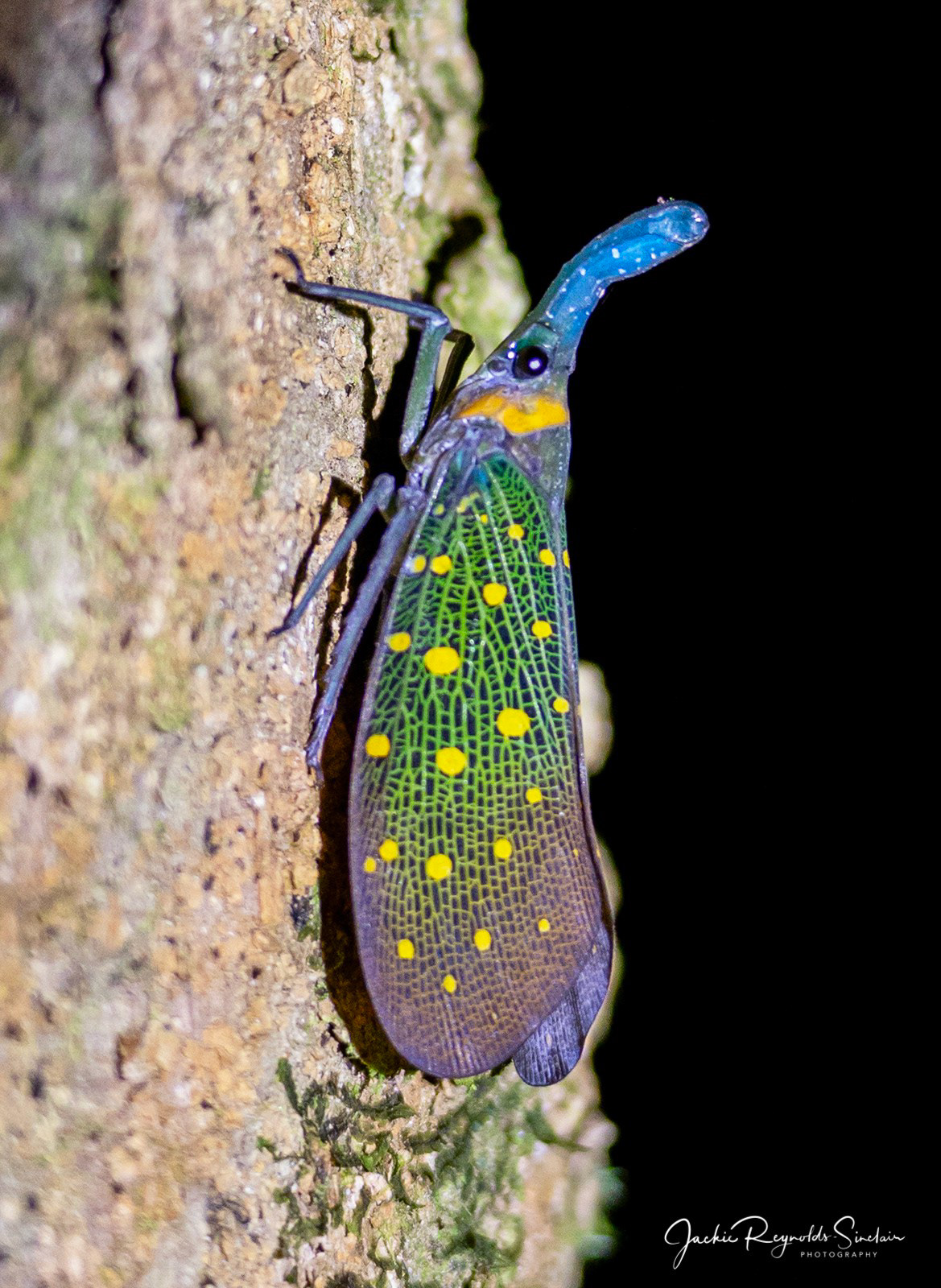
Lantern Bug
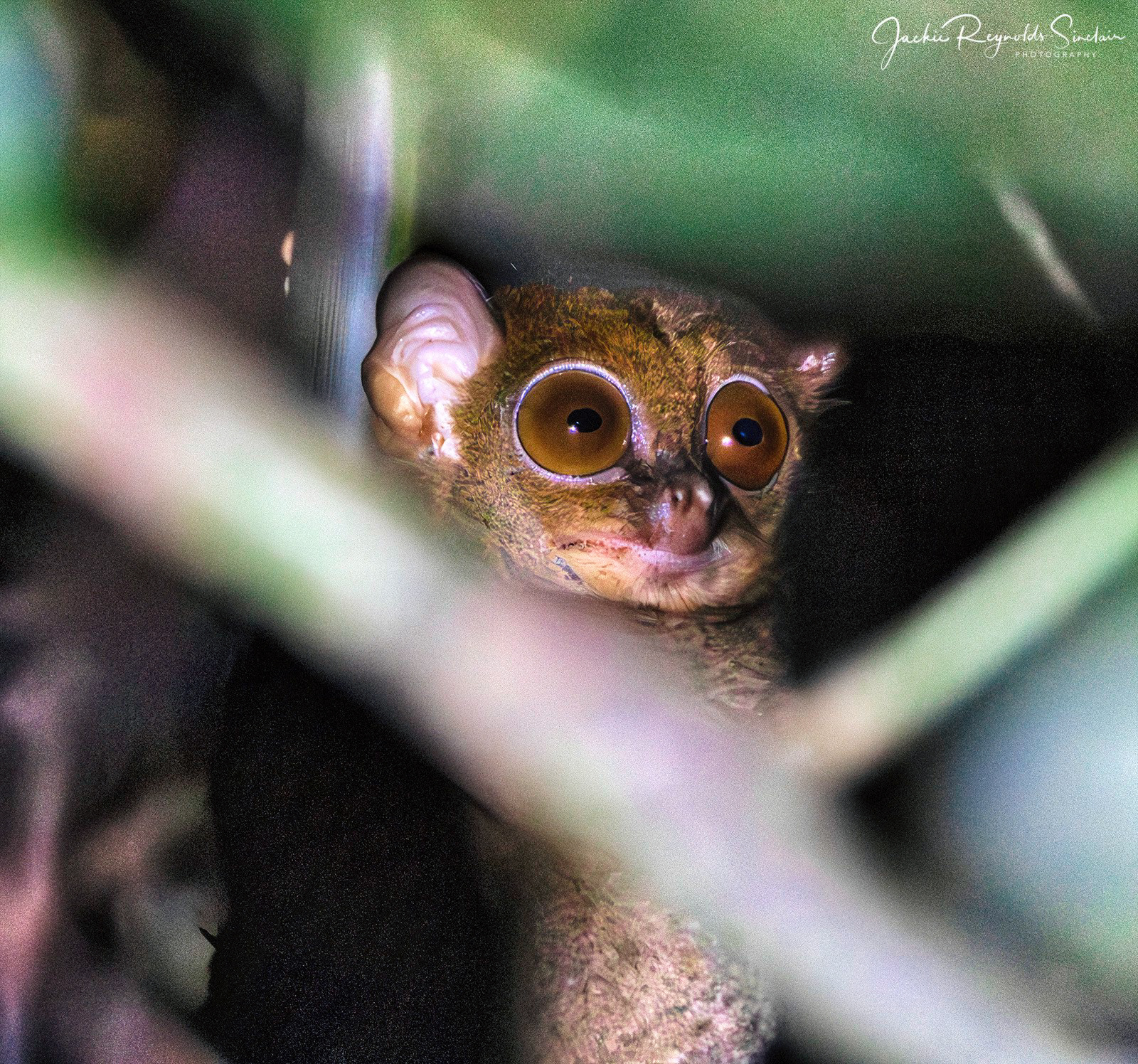
Western Tarsier
This is the work of tiny ball-shaped sand bubbler crab (Species: Scopimera globosa), which is only 1 to 1.5cm in size and commonly seen on sandy shores. The sand bubbler crab feeds on the detritus and plankton in sand grains. They scoop the sand to their mouthparts with pincers, filter the edible particles and discard the sifted sand as pellets balls piled up on both side of its feeding path near the burrow. Gaya Island, Borneo.

Borneo Rainforest Lodge, Danum Valley
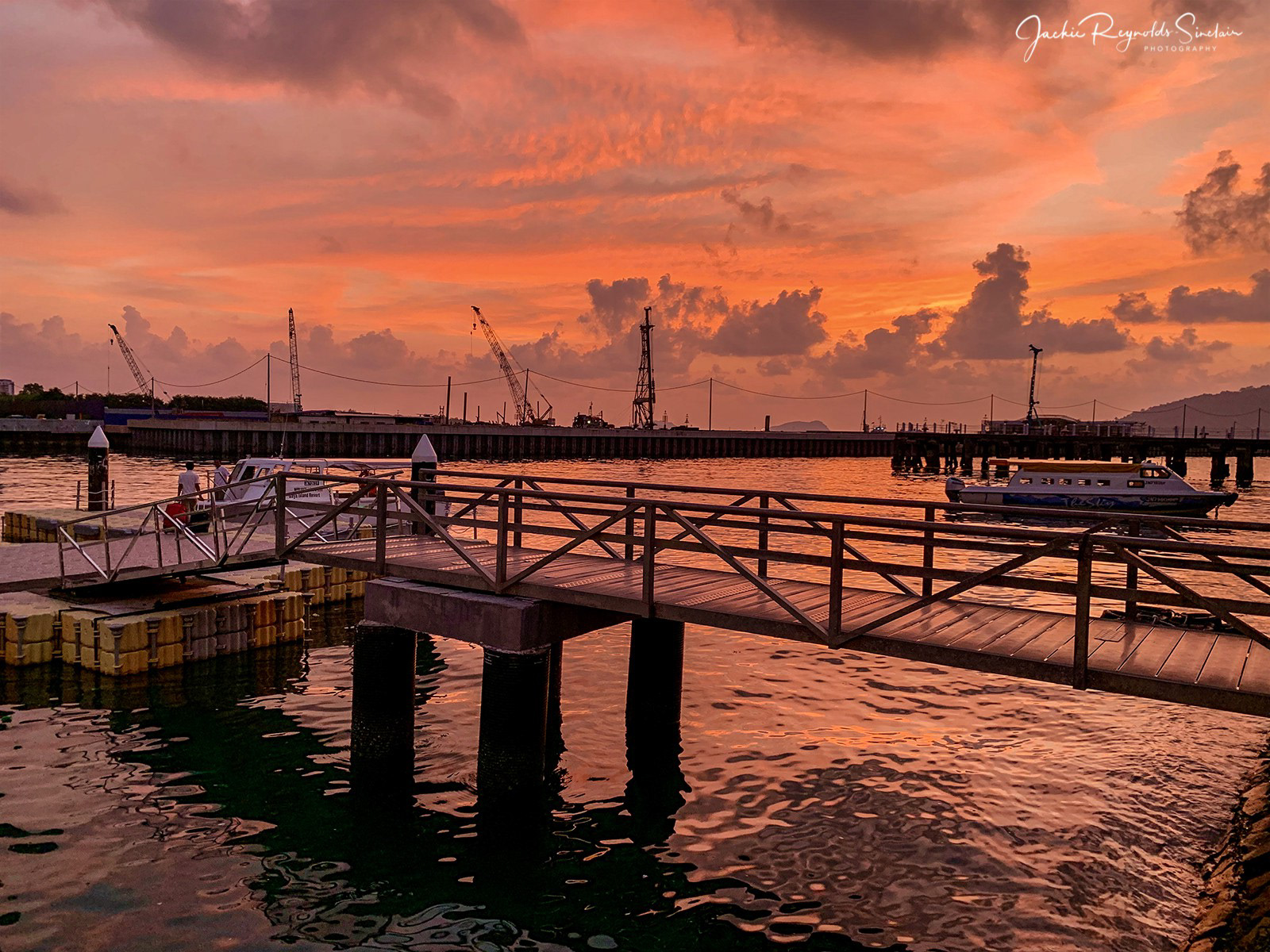
Kota Kinabalu Port
